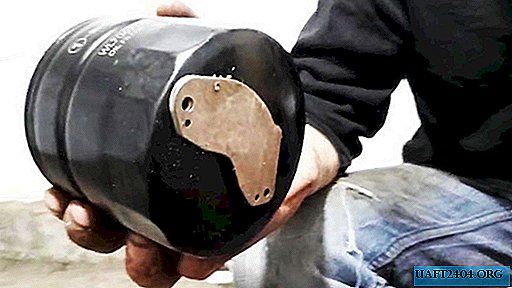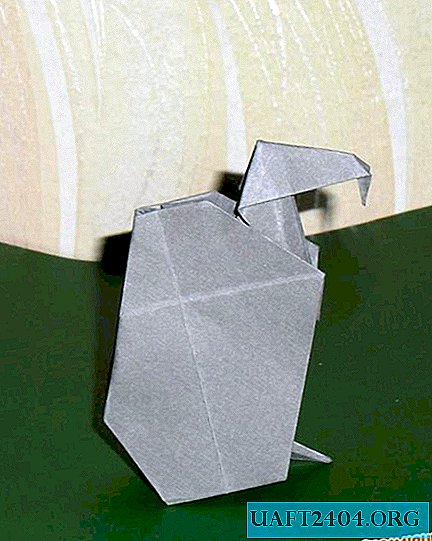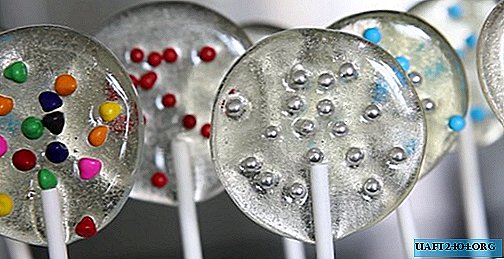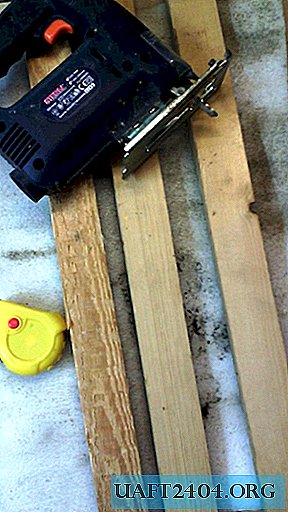Share
Pin
Tweet
Send
Share
Send

What should be at hand
- Bulgarian;
- Capacity for draining oil (an old plastic canister cut along) is suitable;
- A rag to wipe your hands.
The penultimate condition was not met by me, and I had to pour oil on a wooden floor covering the garage pit, which I do not recommend anyone to repeat.
Filter opening
For convenience, I plugged the central channel of the filter element with a paper plug so that the remaining oil would not spill. I cut the filter with a grinder, stepping back 2-2.5 cm from the inside. To do this, rotate the housing as needed. It is not necessary to be very zealous so that the hot metal does not ignite the engine oil.

After the cut is over the entire diameter, you should disconnect the halves of the housing and remove the filter element. He sits pretty tight, so you have to try. By the way, for the same reason, the chips from the cut could not get to the bottom of the filter, which preserves the purity of the experiment.

Content Analysis

For research, we still have a cup-shaped back of the filter (we can’t remove the neodymium bar anywhere!). After draining the remaining oil, I begin to manipulate the magnet, leading it along the body in different directions. An emulsion of residual engine oil and metallic dust follows the movement of the field. In my case, even very large particles came across.

The filter capacity is 15 microns, so it does not interfere with the circulation of this abrasive in the oil system.

To summarize
I can say with confidence - it’s definitely worth putting the magnet on the oil filter, because what it catches is always in suspension when the engine is running (the chips are too light to precipitate), accelerating the wear of friction pairs. This method is the simplest and most reliable for extracting metal impurities from the engine lubrication system, which, in fact, I was convinced with you.
Share
Pin
Tweet
Send
Share
Send











